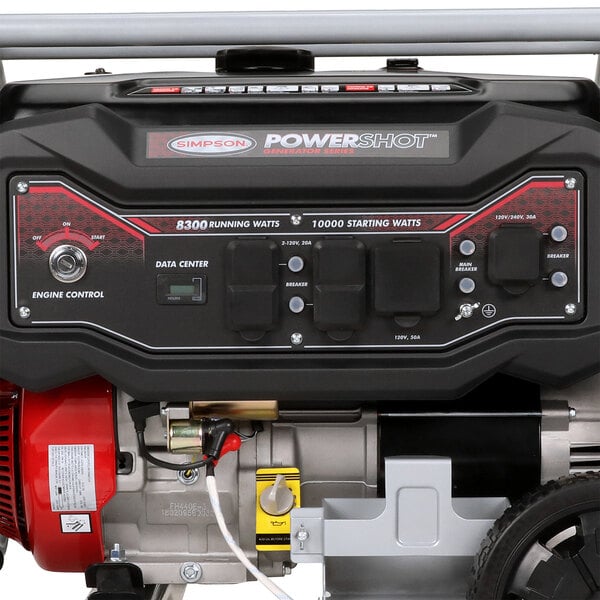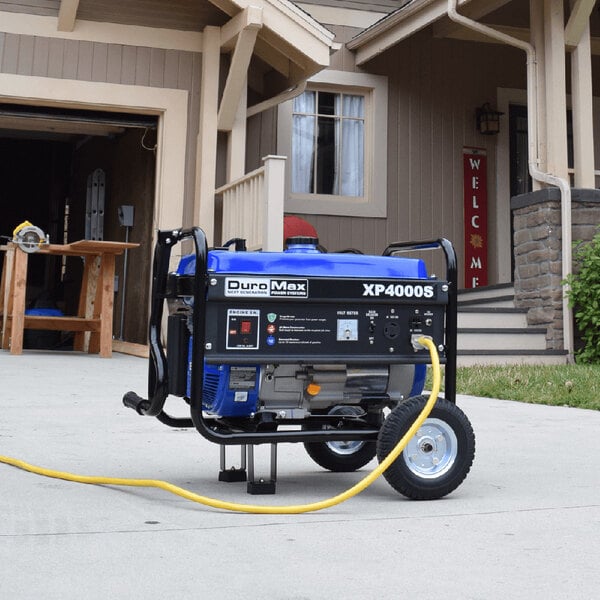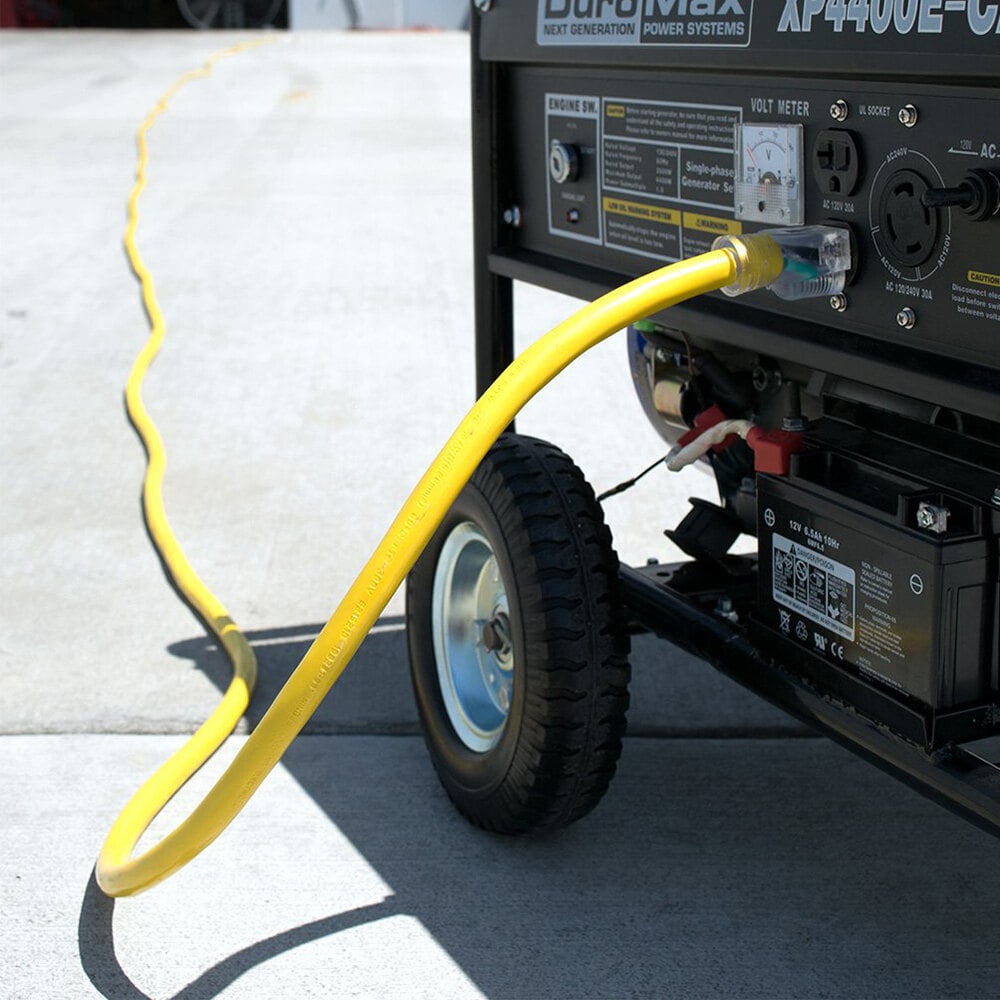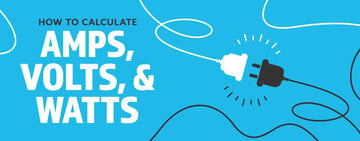Here are eight things you can check on to figure out the reason your generator won't start. Luckily, most of these issues are easy to fix yourself!
1. Check the Fuel Tank
The first place to look if your generator won't start is the fuel tank. If there is no gas or low levels of gas, then you'll want to add more fuel. To avoid clogs and damage to the engine, never use old, or "stale", gasoline that is older than two months.
2. Check the Oil Level
Keeping your engine filled with the proper amount of clean oil is imperative to its performance and service life. Check the oil level in the engine using a dipstick, making sure your generator is on a level surface. Add more oil if the level is low and only use the type of oil that is recommended by the manufacturer.
3. Check the Start Switch
If the generating set switch is set to "OFF", switch it to the "ON" position. If it is not starting in the "ON" position, use a multimeter to test for continuity, which is a complete electrical path, and replace the switch if it tests negative in the "ON" position.
4. Check the Choke Valve Switch
The choke valve switch should be set to "CLOSED" during startups and then switched to "OPEN" once the engine is warmed up. If it is set to "OPEN" before the engine is started, turn it to "CLOSED" and try starting the generator again.
5. Check the Spark Plug
A spark plug breaks down over time, so check it to see if there is any damage or wear. Use an ignition spark tester to determine if an electrical current is reaching the spark plug in your engine.
- If there is light carbon buildup, clean it with a wire brush and some carbon cleaner.
- If it is worn or damaged, the porcelain insulator is cracked, or there is heavy carbon buildup that you cannot remove, it is time to replace the spark plug.
6. Check the Carburetor
Old fuel can cause buildup on the carburetor that prevents new fuel from getting through to initiate combustion and start the engine. If there is a clog, clean it using carburetor cleaner.
7. Check the Fuel Valve
The fuel valve is responsible for controlling the flow of gas from the fuel tank to the carburetor.
- If the fuel valve and vacuum relief valve are closed, fuel won't be able to flow from the gas tank to the carburetor. Make sure both are open.
- If the valves are open and the generator still won't start, the fuel line may be clogged. Unplug the fuel hose from the intake side of the fuel valve and check if gasoline can flow through the fuel line to check for clogs. Be sure to have a bucket while you do this to catch any fuel that may come out.
- If there is a filter between the fuel line and carburetor, make sure to check for clogs there as well.
8. Check the Ignition Coil
The ignition coil sends voltage to the spark plug when the engine is running. Use an ignition spark tester to determine if the coil has failed and replace it if it is defective.











